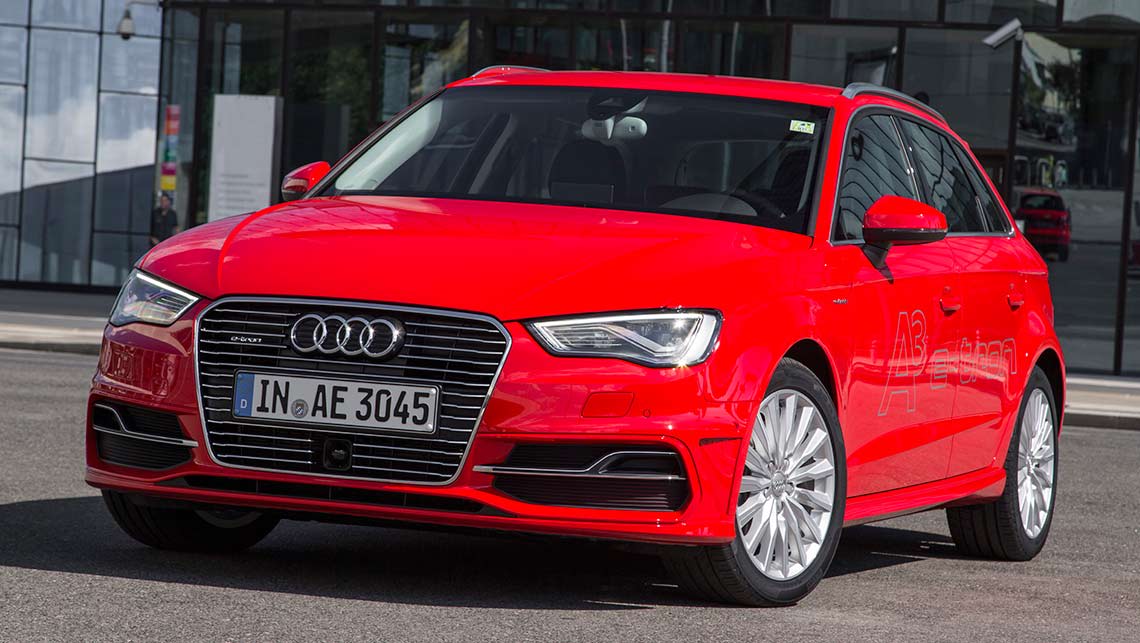
Green law has car firms racing
- Porsche Cayenne
- Porsche Panamera
- Mercedes-Benz S-Class
- Mercedes-Benz S500
- Mercedes-Benz S-Class 2015
- Mercedes-Benz S500 2015
- Lamborghini News
- Mercedes-Benz News
- Porsche News
- Lamborghini Coupe Range
- Mercedes-Benz Coupe Range
- Porsche Coupe Range
- Coupe
- Lamborghini
- Mercedes-Benz
- Porsche
- Industry news

European luxury carmakers have begun a massive rollout of plug-in hybrid technology, seeing it as the only way to meet increasingly stringent emissions standards.
Cars with the system, which differs from a traditional hybrid by enabling a distance of about 30km on battery power alone, were centrepieces of almost every stand at the Paris motor show, which opened this week.
Mercedes used the show to detail its S500 Plug-In Hybrid, a version of its flagship large luxury car that has "the performance of a V8 with fuel consumption of a compact model".
The company says it has learned from involvement in Formula 1 to achieve fuel economy of just 2.8 litres per 100km - much less than a Toyota Prius - in a car that can charge to 100km/h in 5.2 seconds. The S500 combines a turbocharged V6 with an electric motor and can travel on lithium ion battery power for 33km.
It is the spearhead for an armada of plug-ins, with Mercedes planning to launch one every four months until 2017.
Mercedes chief Dieter Zetsche believes plug-in hybrids will be adopted quicker than electric vehicles, with prices in line with equivalent petrol models. "A plug-in hybrid is the 'easy entry version' for those who are still a little uncomfortable with electric cars," he said. The first luxury plug-in hybrid available in Australia is the recently launched Porsche Panamera sedan at $285,300. Porsche used the show to unveil the same system in its Cayenne SUV. It expects to sell up to 70 plug-in hybrids a year.
Lamborghini was another supercar brand with a plug-in hybrid debut at Paris, with the Asterion, which combines a 5.2-litre V10 petrol engine with three electric motors for fuel consumption of 4.2 litres per 100km.
It says the Asterion is a "demonstrator" but the brand has to be ready for changes in European fuel emissions rules.
Lamborghini is part of the Volkswagen group and chief Martin Winterkorn warned EU regulators that companies needed time to recover the investment in new technology before emission rules were tightened further.
"Every gram of CO2 that we save in our European fleet costs our group almost €100 million ($144m) - €100m that we have to invest in advance, without knowing when these investments pay off," he said.
"That's why I worry when Brussels already now starts to cry out for new, more stringent norms for the time after 2020." Volkswagen has invested heavily in plug-in hybrids, with its luxury arm Audi committed to the system. Its Australian rollout begins with the A3 small car in March, priced at about $60,000.










Comments